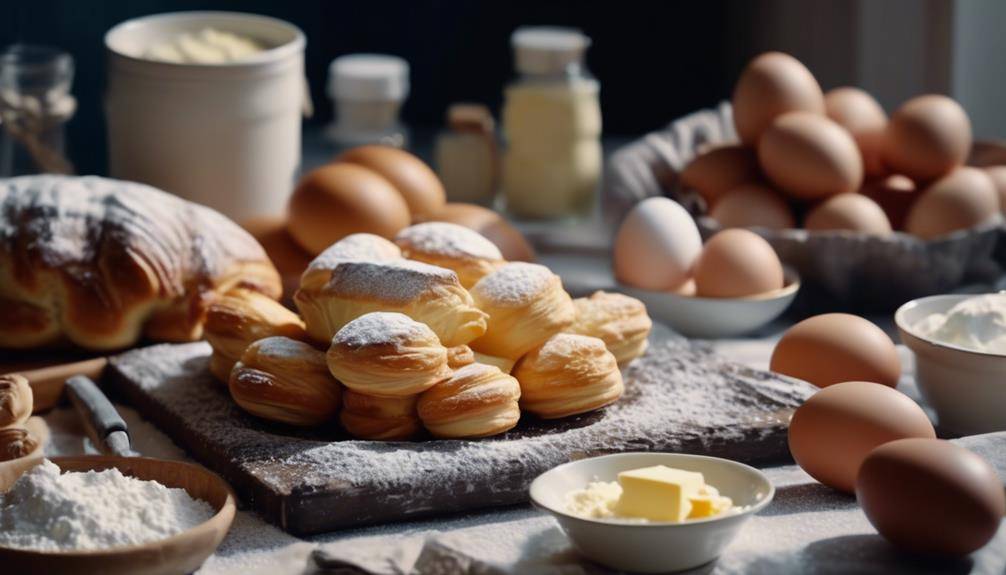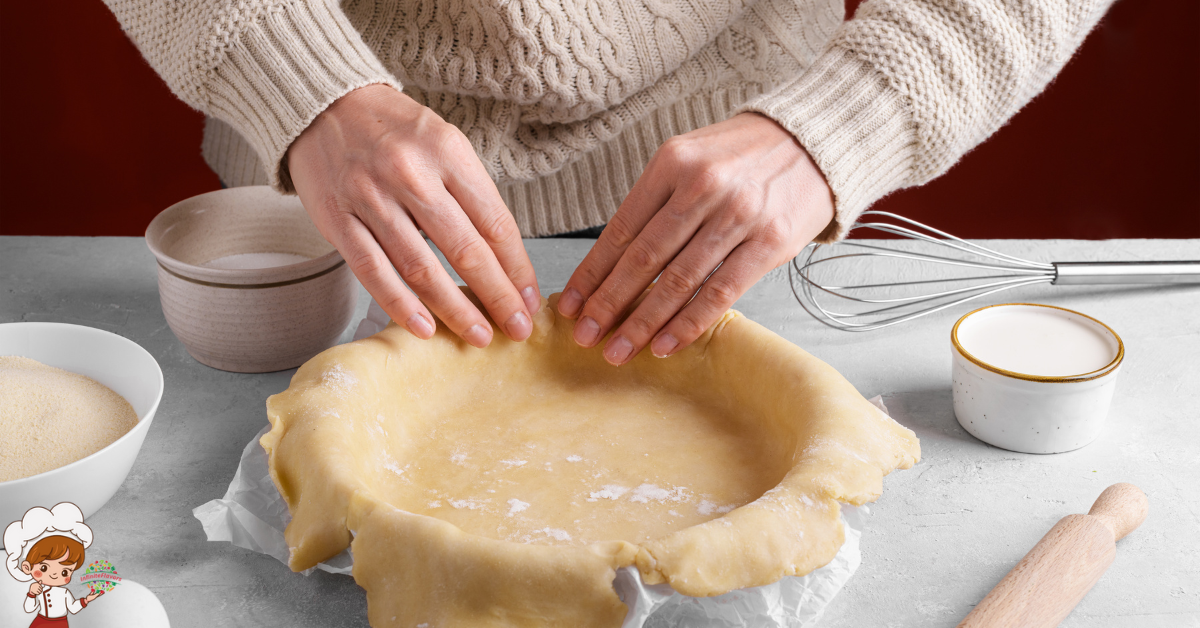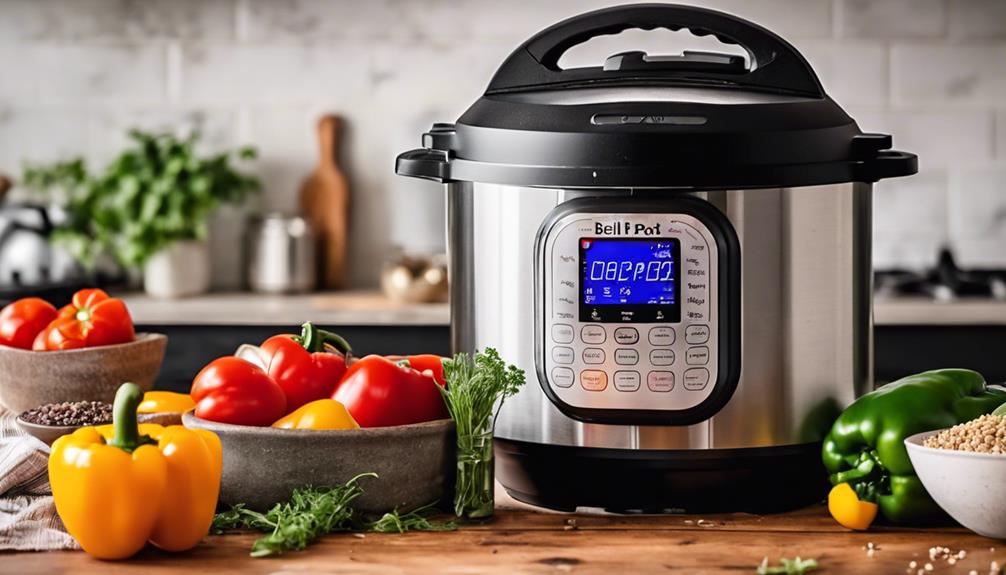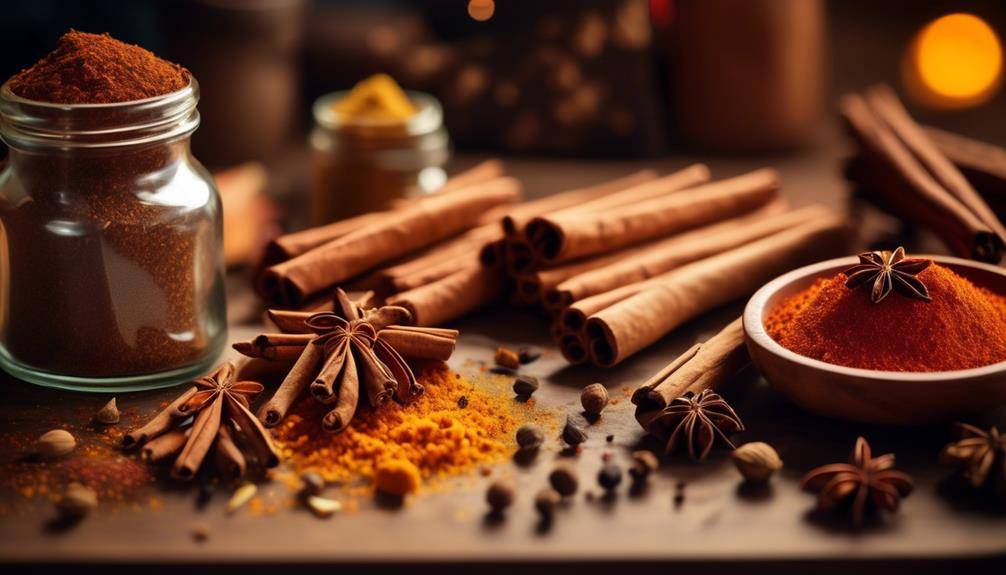How To: Ingredients Needed To Bake French Pastries At Home

Have you ever found yourself transported to a charming little patisserie in the heart of Paris, indulging in a delicate French pastry that melts in your mouth? Ingredients Needed To Bake French Pastries; The artistry and skill that go into creating these delectable treats may seem daunting, but fear not! With just a handful of essential ingredients, you can recreate the magic of French pastries right in your own kitchen. So, gather your flour, butter, eggs, sugar, yeast, and a dash of vanilla extract, and let’s embark on a culinary adventure that will leave you craving more.
Flour
When baking French pastries at home, it is essential to select the right type of flour for optimal results. Different types of flour are commonly used in French pastries, each offering unique characteristics that contribute to the final texture and taste of the pastry.
One of the most commonly used flours in French pastries is all-purpose flour. It is versatile and works well in a variety of recipes. All-purpose flour has a moderate protein content, which helps to provide structure and stability to the pastries. It is ideal for making flaky croissants, delicate tarts, and light choux pastry.
Another popular choice is cake flour, which has a lower protein content compared to all-purpose flour. This type of flour is perfect for creating light and tender pastries, such as sponge cakes and macarons. The low protein content ensures a soft and delicate texture, allowing the pastries to melt in your mouth.
For recipes that require a chewier texture, bread flour is the go-to option. With its high protein content, bread flour provides more gluten formation, resulting in a denser and chewier pastry. This flour is commonly used in recipes like brioche and pain au chocolat.
To achieve the perfect texture with flour in French pastry recipes, it is important to measure accurately. Use a kitchen scale to weigh the flour instead of relying on volume measurements, as it ensures precision and consistency. Sift the flour to remove any lumps and aerate it, promoting a lighter texture in the pastries.
Butter
To achieve the desired richness and flavor in your French pastries, selecting the right butter is crucial. Different types of butter can greatly affect the taste and texture of your pastries. When it comes to baking, unsalted butter is typically preferred as it allows you to control the amount of salt in your recipe. Unsalted butter also has a higher fat content which contributes to a tender and flaky pastry.
When choosing butter for your French pastries, it is important to look for high-quality butter with a high butterfat content. European-style butter, such as French or Irish butter, is known for its rich flavor and creamy texture. These butters are made using traditional methods that involve churning the cream for a longer period of time, resulting in a higher fat content.
If you want to take your French pastries to the next level, you can even make your own homemade butter. Making butter at home is a simple process that involves whipping cream until it separates into butter and buttermilk. To make homemade butter for your pastries, start by pouring heavy cream into a mixing bowl. Using an electric mixer or stand mixer, beat the cream on high speed until it thickens and separates. Once the butter has formed, strain off the buttermilk and rinse the butter with cold water to remove any remaining liquid. Homemade butter has a fresh, creamy flavor that can enhance the taste of your French pastries.
Eggs
If you want to achieve the perfect texture and structure in your French pastries, using the right eggs is essential. Different types of eggs can have varying effects on the final outcome of your baked goods. When it comes to baking, it’s important to understand the role of eggs and how to use them effectively.
One type of egg commonly used in French pastries is the large chicken egg. These eggs are versatile and readily available. They provide moisture, structure, and richness to your pastries. Their yolks add a beautiful yellow color and a creamy texture. When using large chicken eggs, it’s important to follow the recipe and use the specified amount to maintain the desired consistency.
For a lighter and fluffier texture, you can use egg whites. Separating the yolks from the whites can be a bit time-consuming, but the results are worth it. Whisking the egg whites until they form stiff peaks and then gently folding them into the batter will create a delicate and airy pastry.
If you’re looking to add an extra richness to your French pastries, you can use duck eggs. Duck eggs have a larger yolk-to-white ratio, resulting in a richer flavor and a denser texture. They can be used in a 1:1 substitution for chicken eggs, but keep in mind that they may require a slightly longer baking time.
Sugar
Sugar plays a crucial role in achieving the desired taste and texture in your French pastries. Here are the types of sugar used in French pastries and their impact on flavor:
- Granulated sugar: This is the most commonly used sugar in French pastries. It provides sweetness and helps to create a light and tender texture. Granulated sugar dissolves easily and caramelizes when baked, adding a golden color to your pastries.
- Powdered sugar: Also known as confectioners’ sugar, it is finely ground and mixed with cornstarch to prevent clumping. Powdered sugar is commonly used for dusting on top of pastries or for making frostings and glazes. It adds a touch of sweetness and a smooth texture.
- Brown sugar: Brown sugar contains molasses, which gives it a rich, caramel-like flavor. It adds moisture and a deeper flavor to your pastries, making them more moist and chewy. Brown sugar is often used in recipes such as tarts, cookies, and cakes.
- Caster sugar: Caster sugar is a fine-grained sugar that dissolves quickly, making it ideal for meringues, macarons, and delicate pastries. It provides sweetness without weighing down the final product.
When it comes to alternative sweeteners for baking French pastries, they can have an impact on the texture. Here are a few examples:
- Honey: Honey adds a distinct flavor and moisture to your pastries. It can make them denser and chewier compared to using granulated sugar.
- Maple syrup: Maple syrup lends a unique flavor to your pastries and adds moisture. It may result in a slightly denser texture.
- Agave nectar: Agave nectar is a liquid sweetener that is sweeter than sugar. It can be used as a substitute, but be aware that it may make your pastries denser and darker in color.
- Stevia: Stevia is a natural, zero-calorie sweetener. It can be used in small amounts, but be cautious as it can affect the texture and flavor of your pastries.
Yeast
When it comes to achieving the desired texture and rise in your French pastries, yeast plays a crucial role in the baking process. Understanding the different types of yeast and how they affect the texture and flavor of your pastries is essential for successful baking.
There are three main types of yeast used in French pastry baking: active dry yeast, instant yeast, and fresh yeast. Active dry yeast is the most common type and comes in granulated form. It needs to be dissolved in warm water before use. Instant yeast, on the other hand, can be directly added to the dry ingredients, making it more convenient. Fresh yeast, also known as cake yeast, has a high moisture content and needs to be crumbled and dissolved in liquid before use.
The type of yeast you choose will affect the texture and flavor of your pastries. Active dry yeast and instant yeast produce similar results, but instant yeast tends to have a slightly stronger flavor. Fresh yeast, on the other hand, has a milder taste and can give your pastries a more delicate texture.
Properly activating and proofing yeast is crucial for successful pastry baking. To activate yeast, you need to dissolve it in warm liquid, usually water or milk, and add a small amount of sugar. The mixture should be left undisturbed for about 5-10 minutes until it becomes frothy. This indicates that the yeast is active and ready to be used.
During the proofing stage, the yeast ferments and produces carbon dioxide, which gives the pastries their airy texture. To ensure proper proofing, let the dough rise in a warm, draft-free place for the recommended time. It is important not to rush this process, as it allows the yeast to fully develop and enhance the flavor and texture of your French pastries.
Vanilla Extract
Vanilla extract is a key ingredient that adds a rich and aromatic flavor to your French pastries. This versatile ingredient can enhance the taste and aroma of your baked goods, making them even more irresistible. Here are a few things you need to know about using vanilla extract in your baking:
- Types of vanilla extract: There are different types of vanilla extract available, including pure vanilla extract, imitation vanilla extract, and vanilla bean paste. Pure vanilla extract is made from vanilla beans and alcohol, giving it a strong and authentic flavor. Imitation vanilla extract, on the other hand, is made from synthetic vanillin and has a milder taste. Vanilla bean paste is a thick and concentrated form of vanilla extract that contains vanilla bean seeds, adding a beautiful speckled appearance to your pastries.
- Enhancing with alternative flavors: While vanilla extract is a classic choice, you can experiment with alternative flavors to add a unique twist to your French pastries. Consider using almond extract for a nutty flavor, citrus extracts for a refreshing citrusy taste, or even floral extracts like rose or lavender for a delicate and fragrant touch.
- Measuring and substituting: Vanilla extract is usually measured in teaspoons or tablespoons, depending on the recipe. If you run out of vanilla extract, you can substitute it with vanilla bean paste or vanilla powder. Alternatively, you can also use other extracts like almond or rum as a substitute, but keep in mind that it will alter the flavor profile of your pastries.
- Baking techniques: To fully incorporate the flavor of vanilla extract into your French pastries, add it to the wet ingredients and mix well. Be careful not to add too much, as it can overpower the other flavors. If you’re using vanilla bean paste, scrape the desired amount of seeds and discard the pod before adding it to your batter or dough.
Ingredients Needed To Bake French Pastries; Frequently Asked Questions
Can I Substitute All-Purpose Flour With Whole Wheat Flour in French Pastry Recipes?
You can substitute all-purpose flour with whole wheat flour in French pastry recipes, but it will affect the texture. Whole wheat flour is denser and can result in a heavier, chewier pastry compared to the lighter, flakier texture of pastries made with all-purpose flour.
What Is the Purpose of Using Unsalted Butter in French Pastry Recipes?
To achieve a flaky texture in French pastries, unsalted butter is often used. It adds richness and moisture without the added saltiness. If you’re looking for alternatives, consider using margarine or clarified butter.
Can I Use Egg Substitutes or Alternatives for Baking French Pastries?
Yes, you can use egg substitutes for baking French pastries if you have dietary restrictions or allergies. There are many gluten-free alternatives available, such as almond flour or tapioca flour, that can be used in place of traditional wheat flour.
How Does the Type of Sugar Used Affect the Texture and Taste of French Pastries?
Using different types of sugar can greatly affect the texture and taste of French pastries. High quality butter is also crucial for the perfect result. Choose your ingredients wisely for a delightful treat!
Is Vanilla Extract Necessary in All French Pastry Recipes or Are There Any Suitable Alternatives?
You don’t necessarily need vanilla extract in all French pastry recipes. Consider using almond extract for a unique flavor, or explore the use of flavored oils as alternatives to achieve different tastes and aromas.
Conclusion
To bake French pastries at home, you will need flour, butter, eggs, sugar, yeast, and vanilla extract. These ingredients are essential for creating light and fluffy pastries with a rich and delicious flavor. By following the directions and using the right proportions, you can achieve bakery-quality results in the comfort of your own kitchen. So gather your ingredients and get ready to embark on a delightful culinary adventure of French pastry making. Bon appétit!








